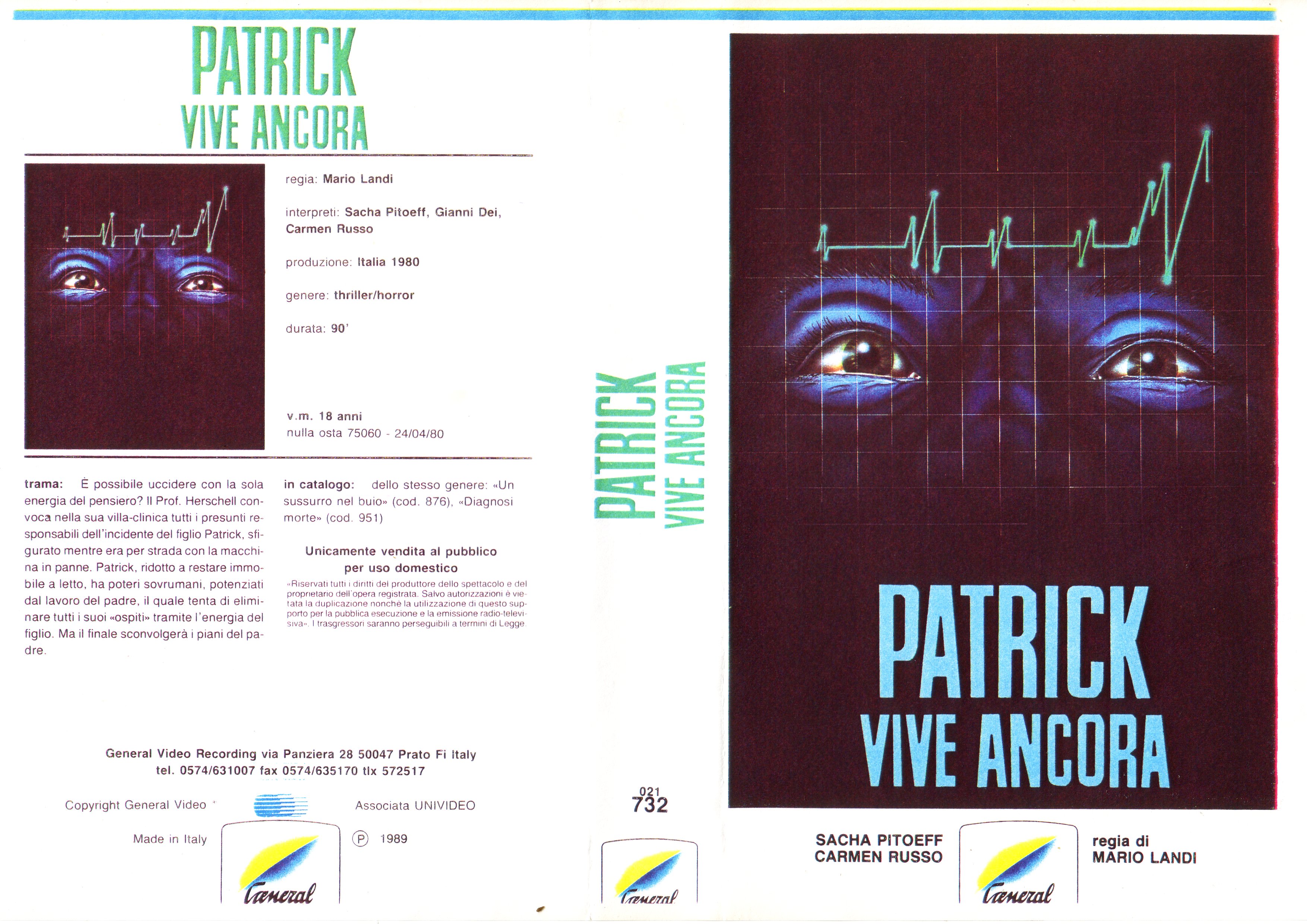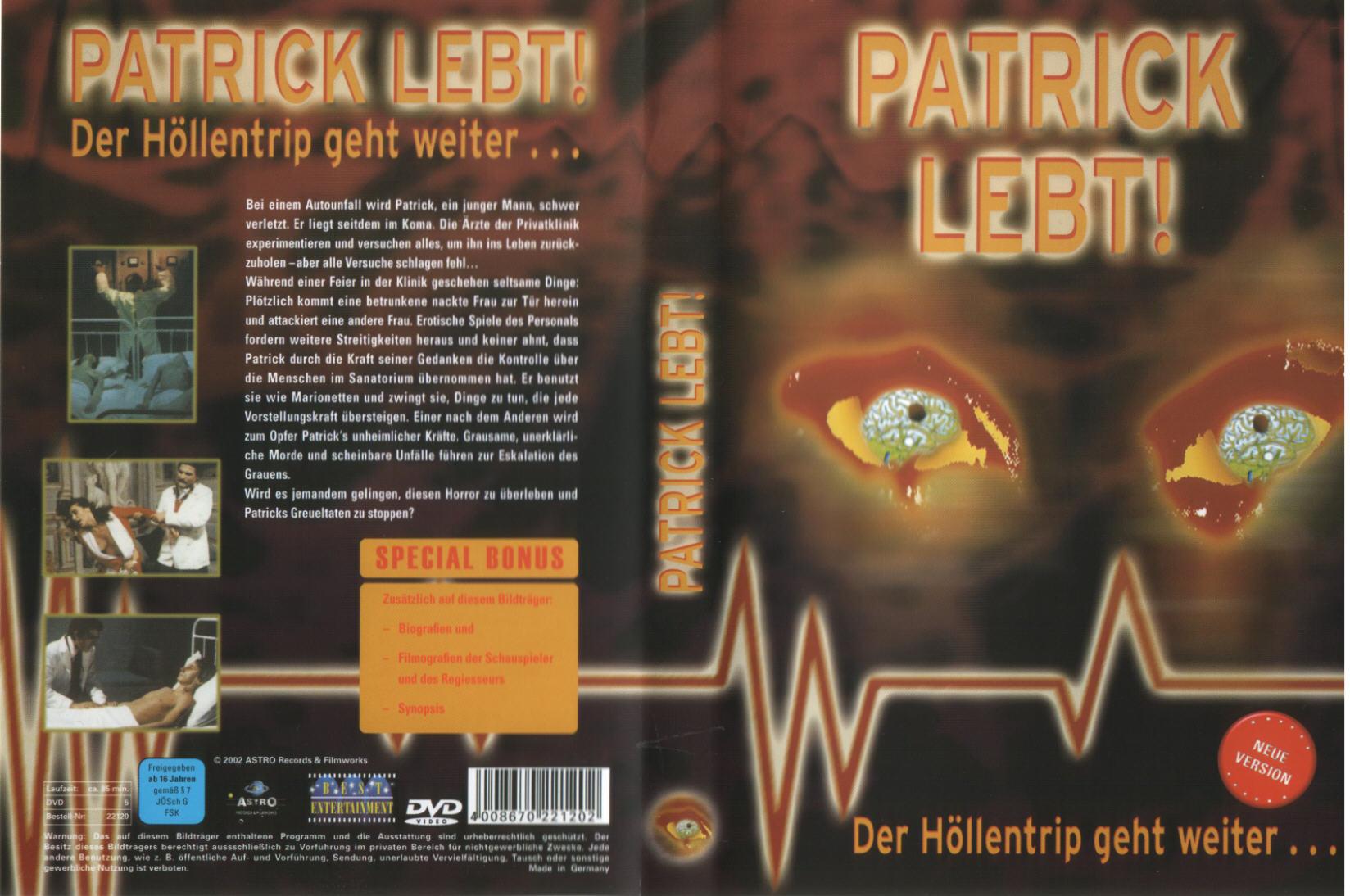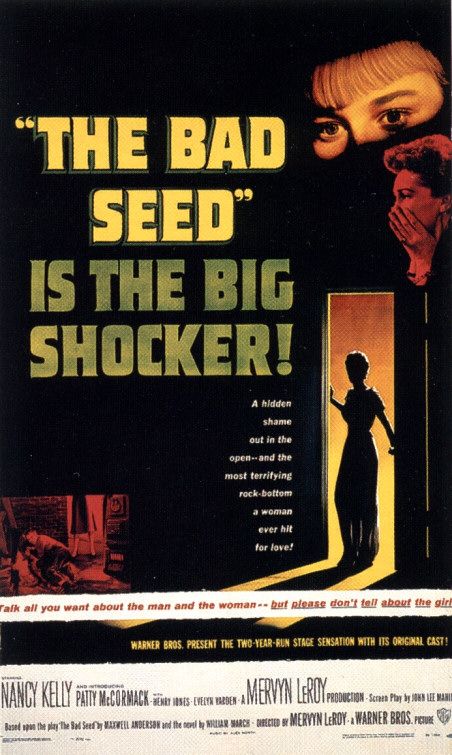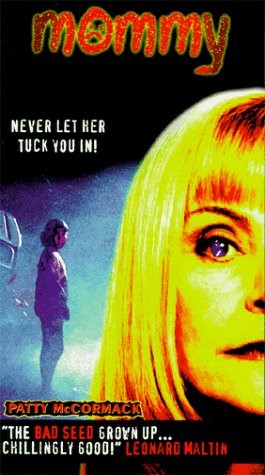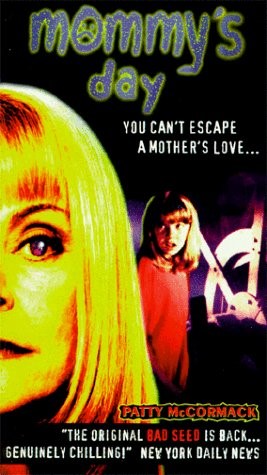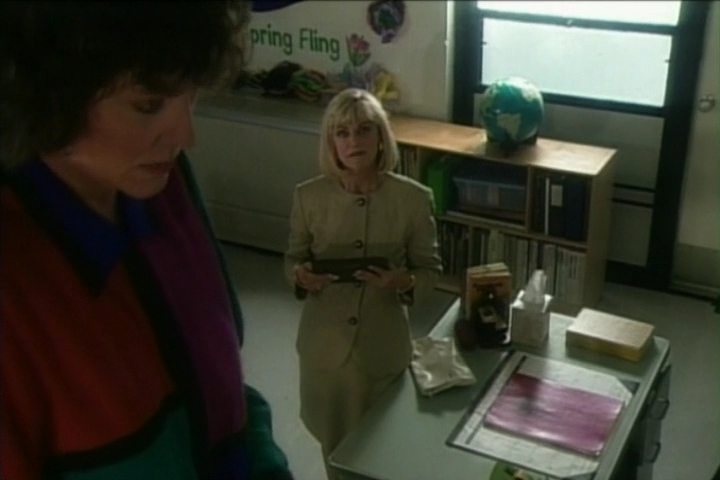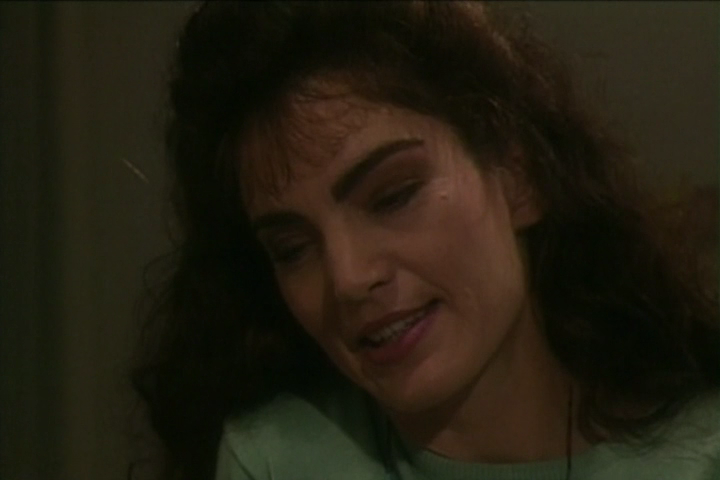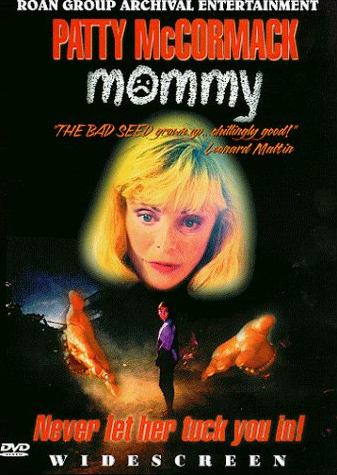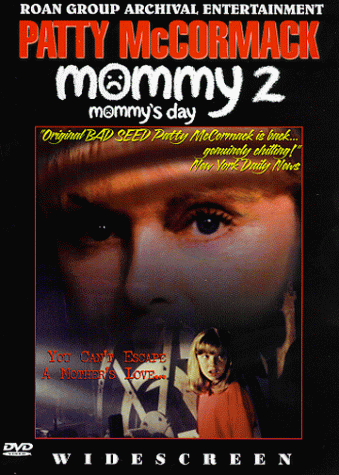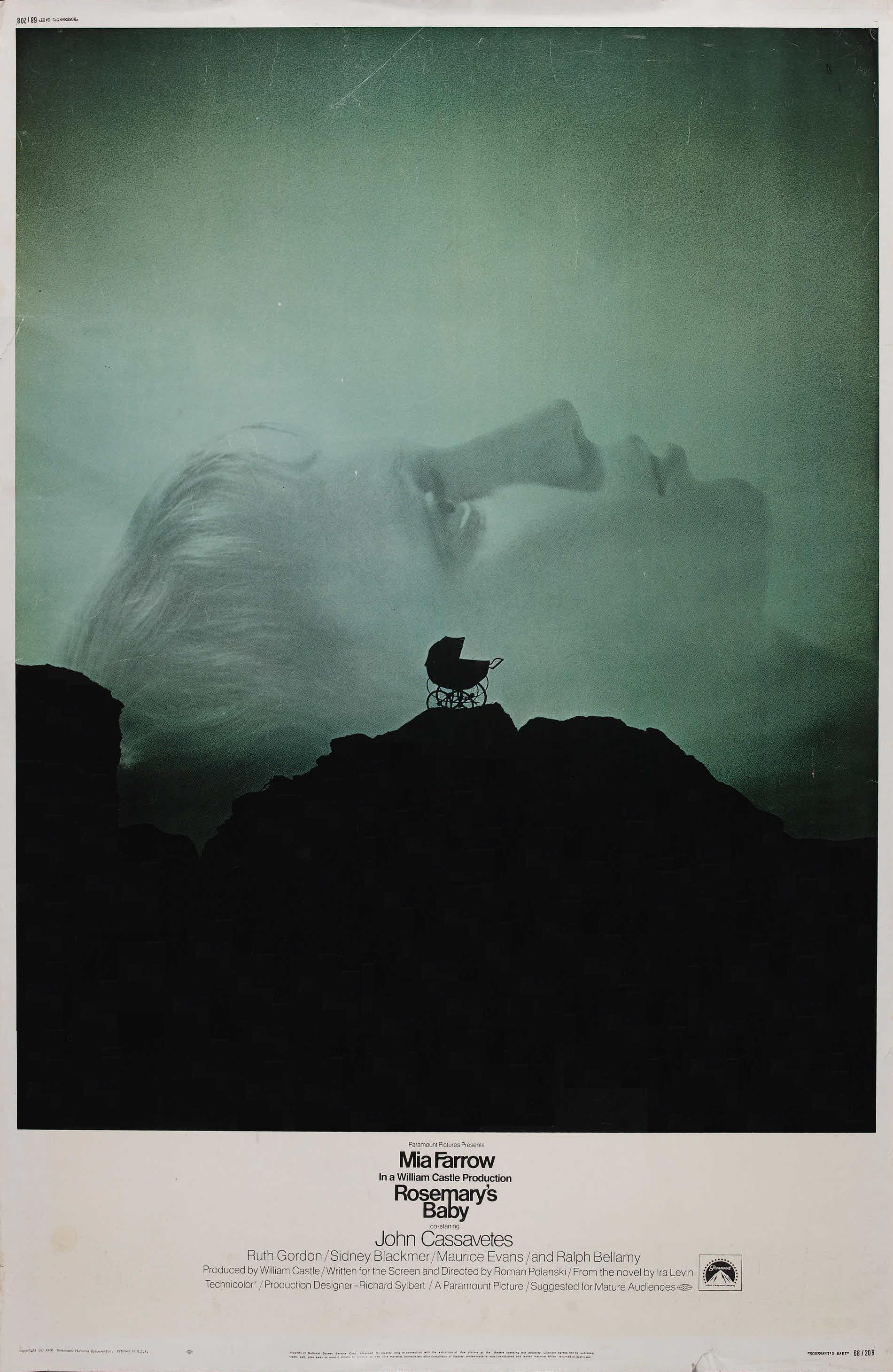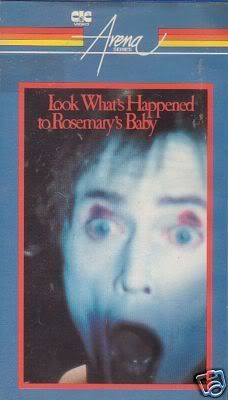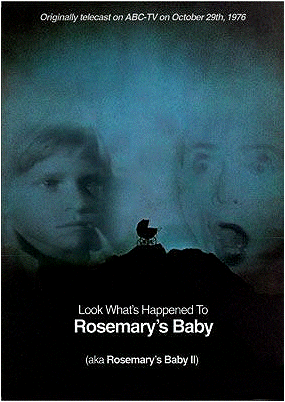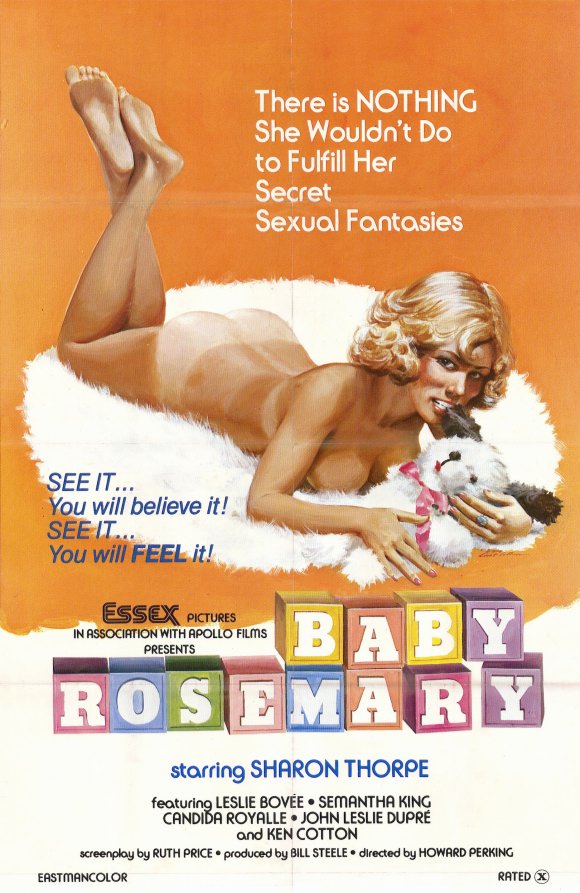The Global Sociology Blog Business: the class war is here and it is global. Revolts in the Arab world have been triggered by economic difficulties, namely the return of speculation on food prices and rising ensuing. This economic pressure on individuals can be found elsewhere, including in English discontent against austerity advocated by the Conservative government - and I do not even speak of Greece. A global revolution, or even just in Western countries, is probably not on the agenda. But we can at least take the opportunity to rethink some of the contradictions of capitalism.
What is capitalism? As I have already had occasion to discuss (the most careful readers will have noted that this issue is one of my recurring concerns ), capitalism is above all a world of behavior. More than a set of institutions, more than economic organization, more than a social organization, it is a way of thinking and see the man and the world that fits very deeply in us. Seeing things as commodities, thinking human action as motivated primarily by profit, search rationally the greatest possible satisfaction: it is all that is at the heart of capitalism. And if we do not correspond to all this homo economicus that you would have us believe universal and natural, at least we have some difficulties to completely get rid of this thinking. Approaching
capitalism in this way may be something of a priori wonder: Where are the markets, companies and capital itself that is generally attributed to the economic system? In fact, all these elements are both emanations of the market mentality - the company is that capitalist development implementation of the rational search of maximum profit for example - and institutions that form the same mentality - by dint of being caught in the markets, we end up thinking the market ...
So that the contents of this mentality and these developments is essential to understanding the evolution of capitalism. The designs that we are given a time of good behavior leads to behavior which in turn shape the world. Thus the American sociologist Neil Fligstein has long argued that the approach of "shareholder value", that is to say, the principles that guide companies seeking to maximize shareholder value that can withdraw their shareholders, has been the main force for transformation of capitalism. In a 2007 article written in collaboration with Shin Taekjin , he tries to show how this theory managerial transformed the U.S. economy between 1984 and 2000. Without going into details of the demonstration, the authors can demonstrate that implementation strategies tied to shareholder value - mergers and acquisitions, social plans, etc.. - Were not as consistent answers to the problems faced by companies and have not yielded the expected results. Why continue it? This
It is therefore primarily a belief that the market mentality is not given once and for all, it is a historical product whose content changes over time. In the 80 and 90, the shareholder value was obvious ... And it seems to keep it that way today.
It was not without consequence, however. Fligstein and Shilt also shows that these policies have led to the introduction and development of computers as working tools in enterprises, to reduce costs of labor. This is perhaps one of the most striking results: the computerization of the economy was not a natural continuation, or the effective implementation of an innovation, but is also related to the business incentives that then U.S.. She did not come from outside to be the natural choice: the computer has benefited from a favorable state of mind within the firms themselves.
But a particularly interesting conclusion of the article is the way that shareholder value has affected how the workers were considered :
The commodification of labor: the old theme that is found both in Marx than in Polanyi. Both authors also conclude by specifying two possible interpretations - not conflicting - results: an inspired the agency theory rather optimistic, the other ...
How not to think when the contradictions of capitalism that Marx described? He said the accumulation of capital would face a wall by reducing the share of labor in the productive combination, it could only lead to a "falling rate of profit "which would carry the system. Without repeating this idea based on the theory of labor value, we can see that contemporary capitalism has actually resulted from de-qualify and to disrupt a significant portion of work, swallowing to a mere factor of production.
At the same time, capitalism has promised all a fulfillment in the workplace. that is to respond to criticism of dehumanizing work of the 70s, it took the mind capitalism, that is to say the reasons that motivate people to adopt appropriate behaviors, is changing: it is what is claimed Luc Boltanski and Eve Chiapello in The New Spirit of Capitalism . They thus emphasized the plasticity of capitalism, its ability to incorporate the criticisms that were made to continue to grow. I myself long relied on such analysis . It seems now more evident that, just as it is, it must be complete by highlighting the contradictions between the promises that have helped to legitimate capitalism and the reality of its extension. The distance between the two - the promises of democracy, freedom and fulfillment on the one hand, reality of increasing inequality, accommodation with dictatorships and some forms of alienation on the other hand - is probably a lot in the back of the class struggle at a global level what is more, as reported by the Global Sociology Blog. These are the contradictions that capitalism now faces.
Still, the future is not necessarily that of the big night. For, as will be understood, capitalism, because it is deeply inscribed in the men themselves, may not suffer that much of its own contradictions. The protesters did not necessarily want after all nothing but the fulfillment of the promises made to them. Simmel's understanding: a conflict between binding the belligerents themselves, because they must at least agree on the stakes of the struggle. The class struggle is thus between individuals and groups who in one way or another, are deeply wrought by capitalism. If capitalism creates conflicts, it does not say that they are necessarily turned against its own logic. That may be what is its strength.
What is capitalism? As I have already had occasion to discuss (the most careful readers will have noted that this issue is one of my recurring concerns ), capitalism is above all a world of behavior. More than a set of institutions, more than economic organization, more than a social organization, it is a way of thinking and see the man and the world that fits very deeply in us. Seeing things as commodities, thinking human action as motivated primarily by profit, search rationally the greatest possible satisfaction: it is all that is at the heart of capitalism. And if we do not correspond to all this homo economicus that you would have us believe universal and natural, at least we have some difficulties to completely get rid of this thinking. Approaching
capitalism in this way may be something of a priori wonder: Where are the markets, companies and capital itself that is generally attributed to the economic system? In fact, all these elements are both emanations of the market mentality - the company is that capitalist development implementation of the rational search of maximum profit for example - and institutions that form the same mentality - by dint of being caught in the markets, we end up thinking the market ...
So that the contents of this mentality and these developments is essential to understanding the evolution of capitalism. The designs that we are given a time of good behavior leads to behavior which in turn shape the world. Thus the American sociologist Neil Fligstein has long argued that the approach of "shareholder value", that is to say, the principles that guide companies seeking to maximize shareholder value that can withdraw their shareholders, has been the main force for transformation of capitalism. In a 2007 article written in collaboration with Shin Taekjin , he tries to show how this theory managerial transformed the U.S. economy between 1984 and 2000. Without going into details of the demonstration, the authors can demonstrate that implementation strategies tied to shareholder value - mergers and acquisitions, social plans, etc.. - Were not as consistent answers to the problems faced by companies and have not yielded the expected results. Why continue it? This
suggests that mergers and layoffs are more of ritual and mimetic nature and does not produce efficient outcomes. (My translation)
It is therefore primarily a belief that the market mentality is not given once and for all, it is a historical product whose content changes over time. In the 80 and 90, the shareholder value was obvious ... And it seems to keep it that way today.
It was not without consequence, however. Fligstein and Shilt also shows that these policies have led to the introduction and development of computers as working tools in enterprises, to reduce costs of labor. This is perhaps one of the most striking results: the computerization of the economy was not a natural continuation, or the effective implementation of an innovation, but is also related to the business incentives that then U.S.. She did not come from outside to be the natural choice: the computer has benefited from a favorable state of mind within the firms themselves.
But a particularly interesting conclusion of the article is the way that shareholder value has affected how the workers were considered :
Our results show that efforts to make more profit focused on the use of mergers, downsizing and computerization to reorganize and exclude unionized workforce. The data suggest that workers have certainly been treated less like stakeholders (stakeholders) and as factors of production. (My translation always)
The commodification of labor: the old theme that is found both in Marx than in Polanyi. Both authors also conclude by specifying two possible interpretations - not conflicting - results: an inspired the agency theory rather optimistic, the other ...
A more critical (perhaps more Marxist) would see that and say that the theory of "shareholder value" is a form of revival of class struggle. Owners and managers of capital have decided to break unions and systematically invest in computers to make profits.
How not to think when the contradictions of capitalism that Marx described? He said the accumulation of capital would face a wall by reducing the share of labor in the productive combination, it could only lead to a "falling rate of profit "which would carry the system. Without repeating this idea based on the theory of labor value, we can see that contemporary capitalism has actually resulted from de-qualify and to disrupt a significant portion of work, swallowing to a mere factor of production.
At the same time, capitalism has promised all a fulfillment in the workplace. that is to respond to criticism of dehumanizing work of the 70s, it took the mind capitalism, that is to say the reasons that motivate people to adopt appropriate behaviors, is changing: it is what is claimed Luc Boltanski and Eve Chiapello in The New Spirit of Capitalism . They thus emphasized the plasticity of capitalism, its ability to incorporate the criticisms that were made to continue to grow. I myself long relied on such analysis . It seems now more evident that, just as it is, it must be complete by highlighting the contradictions between the promises that have helped to legitimate capitalism and the reality of its extension. The distance between the two - the promises of democracy, freedom and fulfillment on the one hand, reality of increasing inequality, accommodation with dictatorships and some forms of alienation on the other hand - is probably a lot in the back of the class struggle at a global level what is more, as reported by the Global Sociology Blog. These are the contradictions that capitalism now faces.
Still, the future is not necessarily that of the big night. For, as will be understood, capitalism, because it is deeply inscribed in the men themselves, may not suffer that much of its own contradictions. The protesters did not necessarily want after all nothing but the fulfillment of the promises made to them. Simmel's understanding: a conflict between binding the belligerents themselves, because they must at least agree on the stakes of the struggle. The class struggle is thus between individuals and groups who in one way or another, are deeply wrought by capitalism. If capitalism creates conflicts, it does not say that they are necessarily turned against its own logic. That may be what is its strength.












